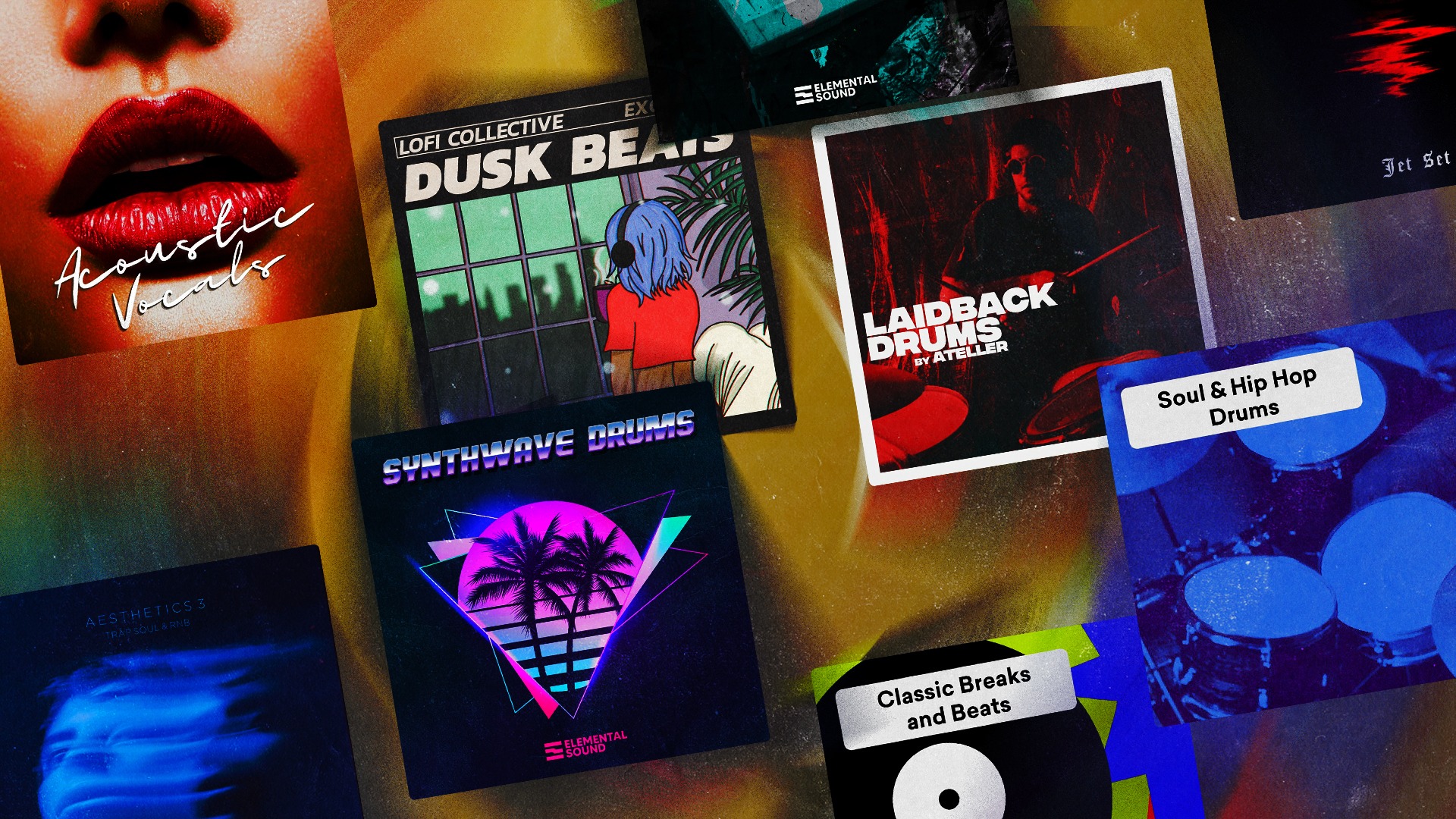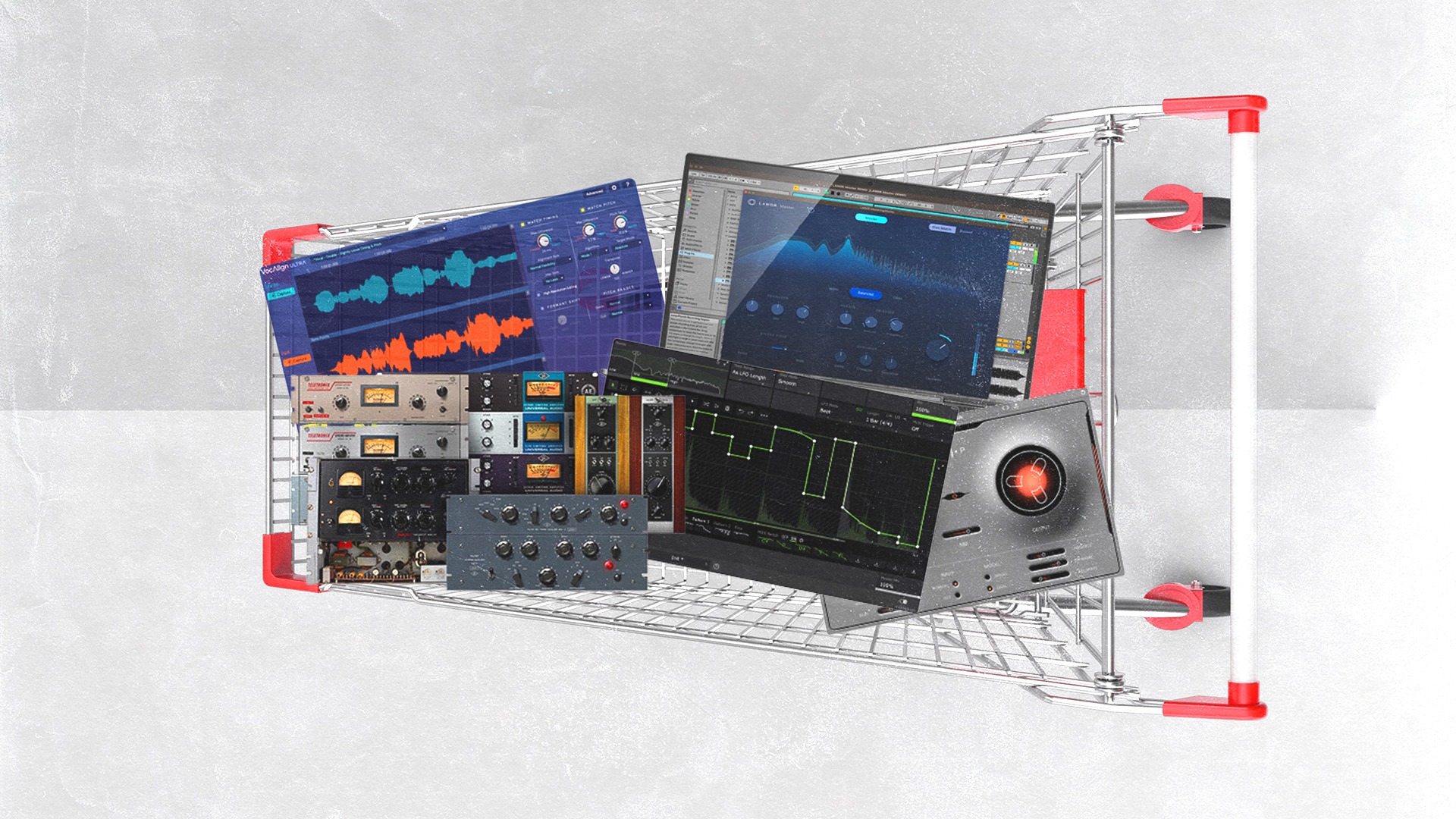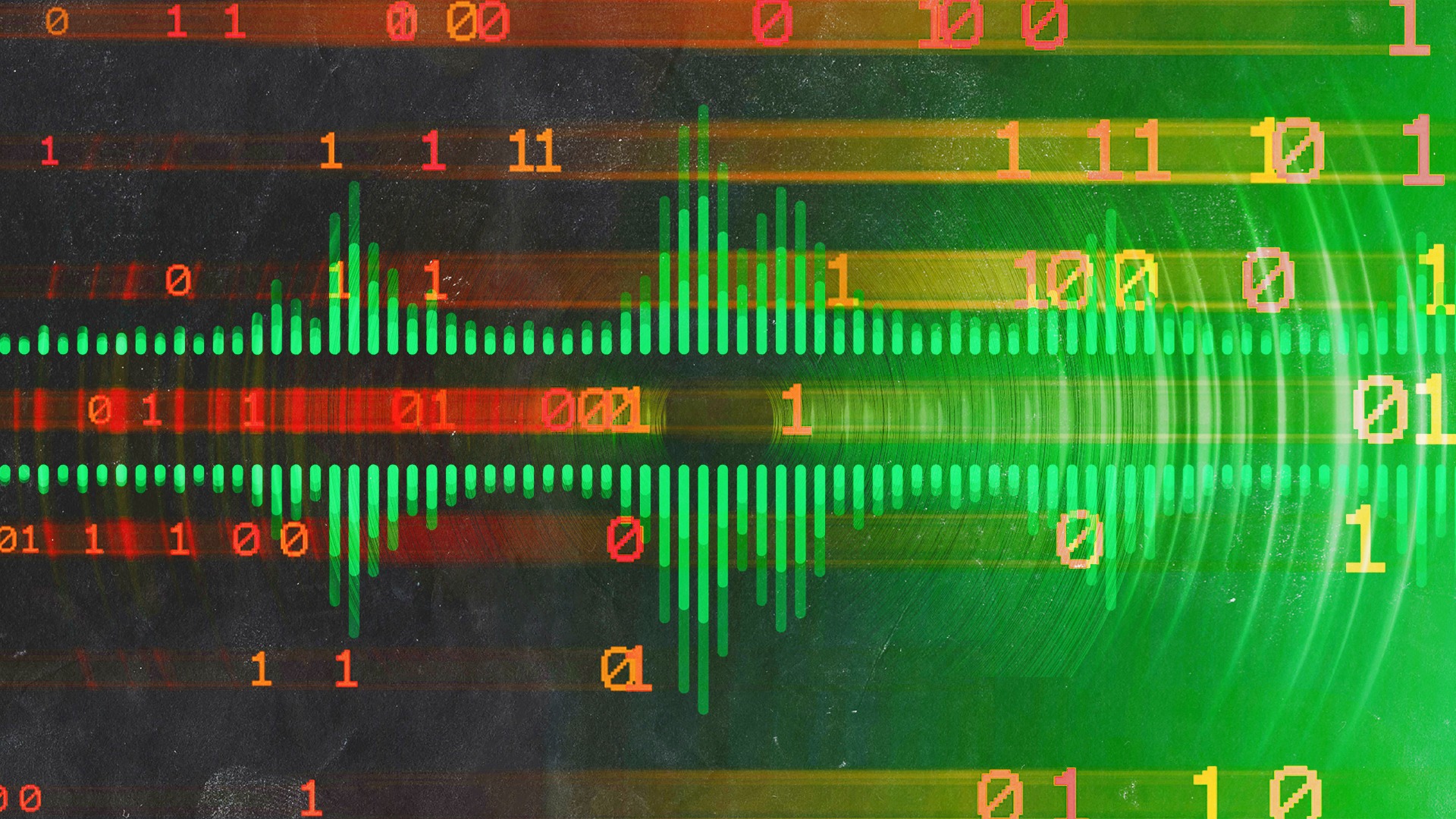
5 Ways to Produce Better Music Using LANDR
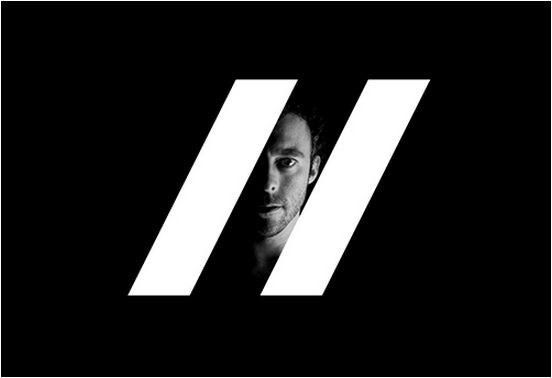
The // symbol is an attempt to shed the ego and allow an unbiased approach — placing the work above all else. This is Jon Shsha.
Producing and engineering with an affinity towards techno and hip hop, // has engineered, produced, remixed, and mastered hundreds of tracks – creating lively, vivid, textural experiences, including soundtracks for companies like Lamborghini, as well as sound design for video games and indie films.
And, as if all this wasn’t enough for the resume, // has also worked as an award-winning interactive creative director.
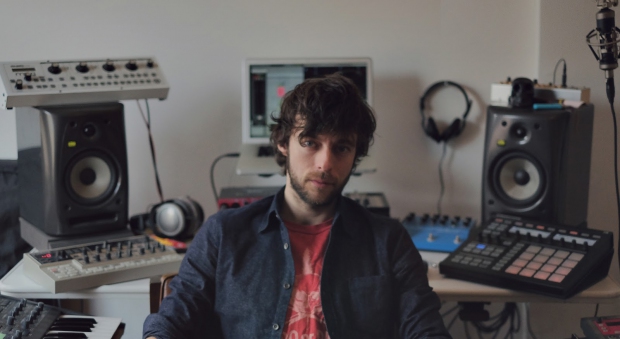
We caught up with // to talk about how he’s made LANDR a part of his workflow. It comes down to 5 scenarios: Context, Mixdowns, Reference, Stems and Collaborating.
1. Multidimensional Context
The output is only as good as the input. Mastering never really changes the material, just enhances what’s already in it. I would never count on an algorithm to solve bigger composition or mixing problems. However, if I’m been head down in a project for nine hours straight, I need a fresh perspective.
I get this by taking it for a walk, giving it a spin, or pushing it through LANDR. Anything I can do to give my productions multidimensional context. After pushing it through the system I look for the parts that really stick out, and I get immediate inspiration because I know where to trim the fat.
2. Better Mixdowns
[adbutler zone_id=”291816″ secure=”1″ type=”asyncjs”]
In some cases I’ll even bring that energized LANDR processed track back into the session and sculpt my mixdown according to taste. (In Ableton be sure to set the output to Ext. In, especially if you have any effects on the master.) The mixdown process can be a long road, so it’s incredibly informative to run tests and find which elements might be too blatant or if elements I love blur into obscurity.
It’s another way to recontextualize the work — with digital plug-ins, you might be engaging the analytical side with so many ‘I am turning this knob’ signals that you miss ‘why am I turning this knob? and what is it doing?’— It gives me another opportunity to step back and listen.
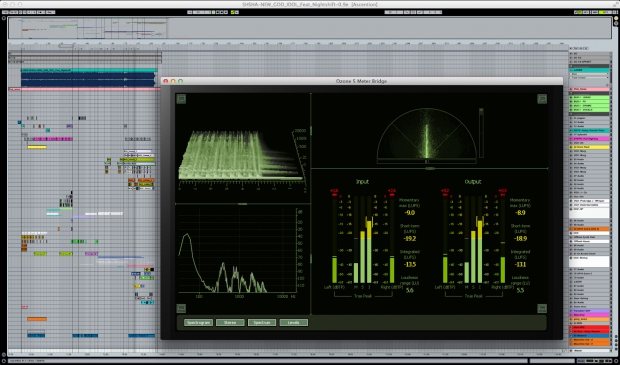
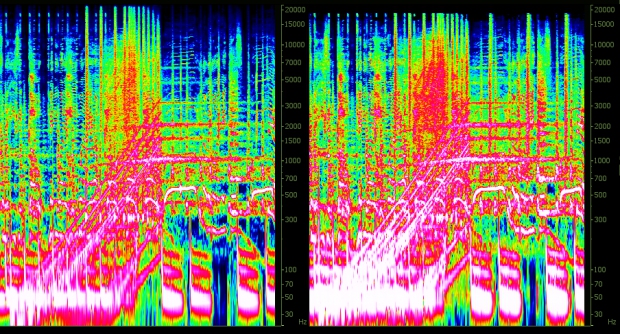
3. Reference for Mastering Engineers
Humans are imperfect. We’ve only got one set of ears and a pair of hands. So, if a system can algorithmically detect and make corrections at the millisecond, I’m all for it.
That is to say, at least for the problems that can be detected at the mathematical level.
Many times, a project will lend itself to be colored through analog because there is an emotional or destination application (vinyl, broadcast, etc). So I often use my dialed-in mixdown and LANDR master to serve as a reference for the mastering engineer.

4. Mastering Sound Design Stems for Production
A huge part of my workflow includes sound design. As producers, we spend days sculpting and perfecting a synth or percussive element. Sometimes, reaching to our go-to’s can feel like old avenues. If I catch myself in redundant paths, I know it’s time to step back and sometimes LANDR acts as a fresh voice in the studio.
Quick tips on stem mastering:
- Prep the sample similarly to how you would any pre-master: shake off any dust/pop/scratches and give yourself plenty of headroom (for this application, render your stem a bit lower than the standard 3-6db True Peak headroom (use something like TT Dynamic Range Meter or Insight to help monitor)
- Since it’s going back into the mix, make sure to output on the lowest setting in LANDR – you don’t want to fry it.
- Stems that have monophonic content or are completely dry of effects don’t yield the most interesting result.
- Try multitracks like drum percussion, a vocal effect chain or synth group.
I wouldn’t recommend doing this with every single track, experiment with mixing them behind other tracks for extra push. It’s similar to parallel compression but with all the benefits of equalization and beyond
5. Pitching Demos & Collaboration
At my production studio, Black Currant, we’re always producing against tight deadlines. No matter how much lead time you have, inevitably, changes or spur of the moment inspiration from a director can force your production output to match the speed of their vision. I keep the heat up and energy high by delivering LANDR mastered demos.
It’s also incredibly helpful for getting those you collaborate with excited about the projects you’re sending their way. Whether it’s an MC in L.A. or a vocalist in Berlin, I’ve used LANDR on almost every demo that I’ve shared with potential collaborators.
I know that it’s not the finished product, but, again, I didn’t have to delve deep into engineering side and put all creative energy making a great concept. I used this time and time again when collaborating on Vanity Empire as well as the forthcoming album.
What’s Next for //?
I’m currently wrapping the mix and mastering for my debut full-length The Ascent, due out mid April. It features collaborations with AllexionX, VVonka, GadMadDubs and more. So if you’re into conceptual, psychedelic, hip hop infused techno, be on the lookout.
You’re Next
// is looking to collaborate with you. He’s given the LANDR community an exclusive first crack. So, if you’re a rapper or vocalist download the track All Night, put your voice on it and email him your LANDR mastered acapella.
Listen and Follow more of // [shsha]
Gear guides, tips, tutorials, inspiration and more—delivered weekly.
Keep up with the LANDR Blog.

